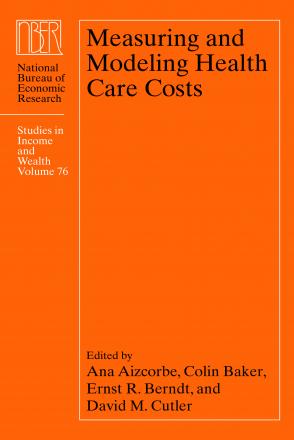The Impact of Biomedical Research on U.S. Cancer Mortality: A Bibliometric Analysis

I examine the relationship across diseases between the long-run growth in the number of publications about a disease and the change in the mortality rate from the disease. The diseases analyzed are almost all the different forms of cancer, i.e. cancer at different sites in the body (lung, colon, breast, etc.). The National Cancer Institute publishes annual data on cancer incidence as well as on cancer mortality, by cancer site. Failure to control for the growth in incidence (which it is not feasible to do for non-cancer diseases) may bias estimates of the effect of publication growth towards zero, because growth in the number of publications is positively correlated across diseases with growth in incidence.
Time-series data on the number of publications pertaining to each cancer site were obtained from PubMed. For articles published since 1975, it is possible to distinguish between publications indicating and not indicating any research funding support.
My estimates indicate that mortality rates: (1) are unrelated to the (current or lagged) stock of publications that had not received research funding; (2) are only weakly inversely related to the contemporaneous stock of published articles that received research funding; and (3) are strongly inversely related to the stock of articles that had received research funding and been published 5 and 10 years earlier. The effect after 10 years is 66% larger than the contemporaneous effect. The strong inverse correlation between mortality growth and growth in the lagged number of publications that were supported by research funding is not driven by a small number of outliers.
-
Copy CitationFrank R. Lichtenberg, Measuring and Modeling Health Care Costs (University of Chicago Press, 2016), chap. 15, https://www.nber.org/books-and-chapters/measuring-and-modeling-health-care-costs/impact-biomedical-research-us-cancer-mortality-bibliometric-analysis.Download Citation


